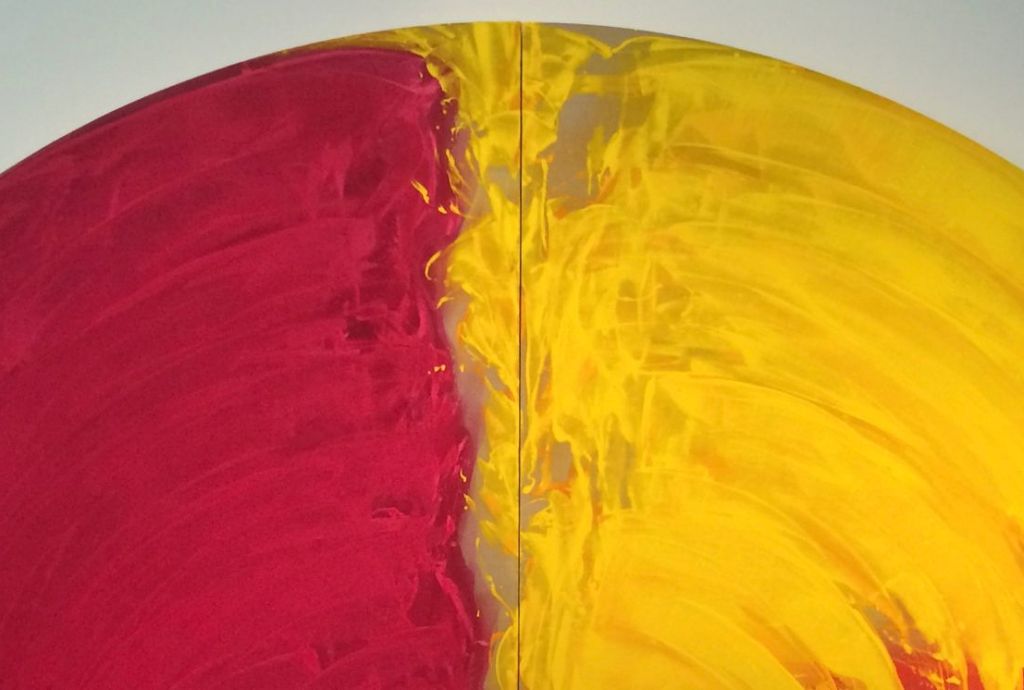Curiously blunt or bluntly curious?

In a previous blog we wrote about how crises require blunt instruments and more. Here we add subtlety to the “more” and muse about ways that leaders can juggle the need for decisive action while also remaining open to what might be happening across the system. Particularly, we offer here a sense of a complexity approach which allows leaders to hold open these bigger questions at the same time as they wield blunt instruments to get action underway as soon as they can.
Many crisis management tools are designed to help in these first phases of a crisis to create ordered processes that help to sift the critical signals from the noise. First responders of all types use these approaches to gather information on what is happening and create clarity about who is deciding and on what—and to do that quickly. They rely on things like checklists and systems to create coordinated response to crises (coordinated incident management systems): to identify incident controllers, set up frameworks for information gathering and taking action, and agree on processes across different agencies such as fire, police, ambulance services, civil defence, for building this out and adapting as the nature of the crisis becomes clearer.
In the middle of all this action, it’s easy to lose track of one of the most essential skills in this moment: having the confidence to say “I/We do not know.”
This is one of the ways heroic leaders can stumble in the complex and chaotic domains. It can be hard for someone who is striving to lead heroically to also be visibly unsure—and it can be hard to be decisive while admitting to yourself how unsure you are. (See the mindtraps of rightness and simple stories.) But being clear about uncertainty is vital because when we do not notice or see these uncertainties, it is hard to be able to scrutinise and learn from what has been happening and to adapt decisions and plans.
One way to remain open to what is unknown is to think about the complex system you’re operating in and to try to see the system at multiple levels. In these times, it’s helpful to have set of questions that help increase the group’s situational awareness.
For example, we find it really helpful to ask questions like:
What patterns am I noticing now?
What are the forces or elements that contribute to creating those patterns?
How might people act differently than we might expect or hope?
What’s is happening for me? How do I feel? How is this shaping my responses?
What are we not seeing?
Seeing the patterns that are emerging now and looking for the factors that catalysed these patterns also helps to start the process of looking out for the beginnings of what might be next. For example, we understand many of the ways work has been organised in the previous or normal economy. But the patterns we notice now are about working from home. Noticing this leads us to wonder: How might this pattern of working from home create new patterns in work practices in the future? We are not looking for predictions or answers, but more for the beginnings of possibilities that might make us curious about (and therefore more able to be prepared for) a set of contradictory possibilities. Might there be a push back after months of this where people look for more soulful, in person connections? Might there be a demand for people to keep the flexibility of working from home long into the future?
The point isn’t to know; the point is to remember to keep learning like crazy as we are taking action. David Snowden observes that we need to be learning in each of these different domains at multiple levels and using multiple approaches. He suggests there are, “opportunities for capturing learning by using people whose normal functions have been suspended or are not being fully used.” He makes a similar point about how the redundancy that arises in organisational systems during a crisis also can be used to explore ways to innovate which helps us emerge from the crisis with greater resilience.
Complexity thinking helps us to view the spread of approaches needed in different contexts. Each crisis is usually made up of a range of challenges, some obvious (the procedures for hand washing), some complicated (collecting the data on virus spread, doing research into how the different clusters have grown), some complex (do people wash their hands as often as necessary? How do people respond to lockdowns over time?) and some chaotic (how do hospital staff respond when there are not enough intensive care beds or ventilators? How do citizens respond to uneven and fast-changing rules?). Each incident is also dynamic, moving in and out of different contexts, across the Cynefin domains.
Open communication is needed to help team members and those in the wider circle see that both action and learning are vital. Taking a broader view does not mean there will not be a drive to action; driving things forward doesn’t mean leaders will not be actively scanning the wider system. Crises require bluntness and openness, swiftness and subtlety.
The tension between these approaches does not need to be held by just one person—it can be shared around. The crucial thing to remember is that we might accidentally tip into either rushing into action without learning or waiting to learn enough to be surer about which action to take. Neither of these are helpful responses in such a fast moving, complex situation. Instead, the dance of seeing the system and acting on it transforms this tension into an energy system where the learning and the action fuel one another—the critical response to leading in such complex times.
Illustration is detail from a painting by Gretchen Albrecht, 2011, In a Shower of Gold, Te Papa Tongarewa, Museum of New Zealand.
Subscribe via Email